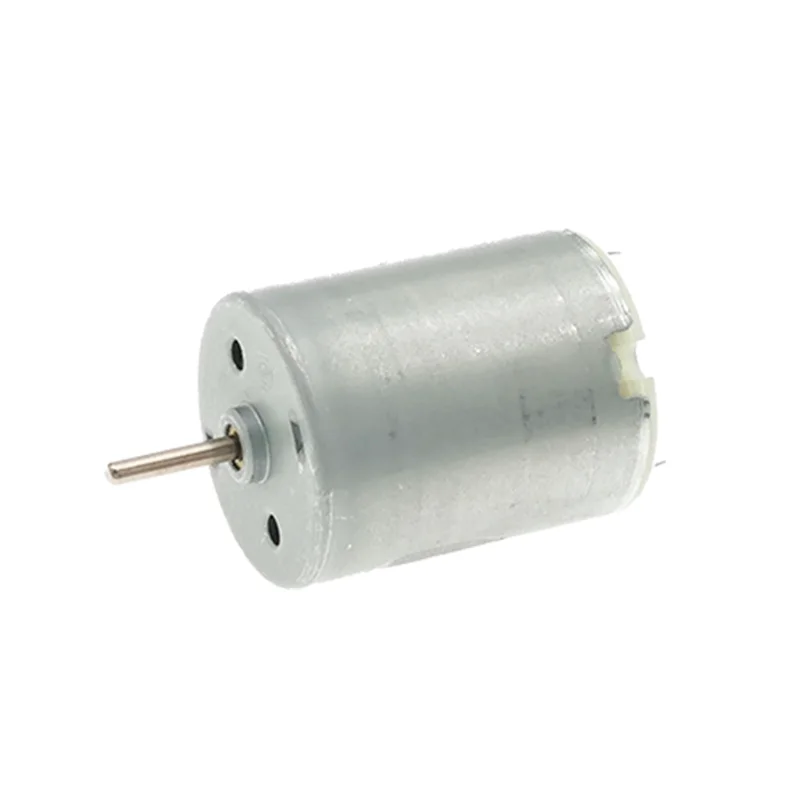Understanding Six-Axis Welding Robots
The evolution of robotics in welding processes has revolutionized manufacturing industries worldwide. One significant advancement is the introduction of the six-axis welding robot, enhancing precision and efficiency in welding tasks. These robots offer unparalleled flexibility, allowing intricate movements and access to complex workpieces with ease. With their ability to mimic human arm dexterity, six-axis welding robots excel in producing high-quality welds consistently. This technology has not only improved productivity but also elevated the safety standards in welding operations. Stay tuned as we delve deeper into the capabilities and benefits of utilizing six-axis welding robots in modern manufacturing settings.
Key Takeaways
-
Utilize the adaptability of six-axis welding robots: Take advantage of their ability to reach complex angles and positions, enhancing the efficiency and quality of welding applications.
-
Consider precision challenges: Be mindful of the need for calibration and maintenance to ensure accurate and consistent welds with six-axis robots.
-
Evaluate when to use six-axis robots: Assess the complexity and variety of welding tasks to determine when these robots are most suitable for your specific applications.
-
Balance speed limitations with benefits: Understand the trade-off between speed and precision in welding processes when employing six-axis robots.
-
Factor in cost considerations: Calculate the initial investment, maintenance costs, and potential ROI when deciding on integrating six-axis welding robots into your operations.
-
Regularly monitor and optimize robot performance: Implement routine checks and adjustments to maximize the efficiency and effectiveness of six-axis welding robots in your welding processes.
Understanding Six-Axis Welding Robots
Flexibility
Six-axis welding robots are the most versatile robotic systems, offering unparalleled flexibility in various industrial applications. These robots can move freely in six axes, providing a wide range of motion for intricate tasks.
They excel in performing complex operations like welding, painting, and assembly with precision and efficiency. Their ability to maneuver swiftly and accurately makes them indispensable in modern manufacturing processes.
Adaptability
The adaptability of six-axis welding robots is crucial in dynamic production environments where tasks change rapidly. These robots can quickly switch between different applications, making them ideal for industries with diverse production needs.
-
Pros:
-
Versatile in handling various tasks
-
Increased productivity and efficiency
-
Precision in executing complex operations
-
Cons:
-
High initial investment costs
-
Require specialized programming and maintenance
Efficiency
Their capability to handle a range of tasks within a single system streamlines production processes, reducing downtime and increasing overall efficiency. Six-axis welding robots can seamlessly transition between different tasks, ensuring continuous operation without the need for manual intervention.
Design and Functionality of Six-Axis Robots
Mechanical Design
Six-axis robots, also known as articulated robots, boast a unique mechanical design that enables them to mimic the flexibility and dexterity of the human arm. With six axes of motion, these robots can move freely in multiple directions, providing a high range of motion essential for complex tasks like welding. The robotic arm comprises interconnected segments that rotate and pivot, allowing it to reach tight spaces and angles with precision.
Versatility for Different Tasks
One of the key strengths of six-axis robots lies in their versatility. These industrial robots can be easily repositioned and adapted for various tasks within a manufacturing setting. Whether it's welding, painting, assembly, or material handling, these robots excel at swiftly transitioning between different applications. Their ability to perform a wide range of motions makes them invaluable assets in dynamic production environments where tasks frequently change.
Effectiveness in Welding Applications
The design of six-axis robots plays a crucial role in enhancing their effectiveness in intricate welding applications. By utilizing their six axes of motion, these robots can achieve precise and consistent welds on complex geometries. The articulation of the robotic arm allows it to reach challenging weld positions with ease, ensuring uniformity and quality in the final weld joints. The flexibility of these robots enables them to adapt to varying workpiece orientations, making them ideal for welding tasks that demand agility and accuracy.
High Range of Motion Benefits
Enhanced Dexterity
Six-axis welding robots offer impressive dexterity due to their articulated arms, allowing them to maneuver with precision and flexibility. This feature is crucial for handling intricate welding tasks that demand accuracy and finesse. The ability to articulate in multiple directions enables these robots to replicate the motions of a human welder effectively.
The extensive range of motion provided by six-axis robots plays a vital role in boosting productivity across various welding applications. With the capability to move along multiple axes, these robots can reach challenging angles and positions that traditional robots struggle to access. This versatility allows for seamless welding operations on complex workpieces, leading to enhanced efficiency and quality in manufacturing processes.
Unmatched Flexibility
One significant advantage of six-axis welding robots is their unmatched flexibility, which stems from their ability to rotate and tilt in multiple directions. This versatility enables them to adapt to different welding scenarios and accommodate varying workpiece geometries effortlessly. As a result, manufacturers can utilize these robots for a wide range of welding applications, from large-scale production runs to custom fabrication projects.
-
Pros:
-
Superior dexterity for intricate welding tasks
-
Enhanced productivity through extensive range of motion
-
Ability to reach difficult angles and positions
-
Cons:
-
Initial setup and programming may require specialized expertise
-
Higher upfront costs compared to traditional welding methods
Increased Efficiency
The advanced capabilities of six-axis welding robots translate into increased efficiency on the production floor. By swiftly adjusting their position and orientation, these robots can optimize welding speed and accuracy, leading to faster cycle times and higher output rates. Moreover, their ability to access confined spaces and complex joint configurations makes them indispensable for industries requiring precise and consistent welds.
https://www.borunteglobal.com/Six-Axis-Robot-BRTIRWD1606A.html
BORUNTE


